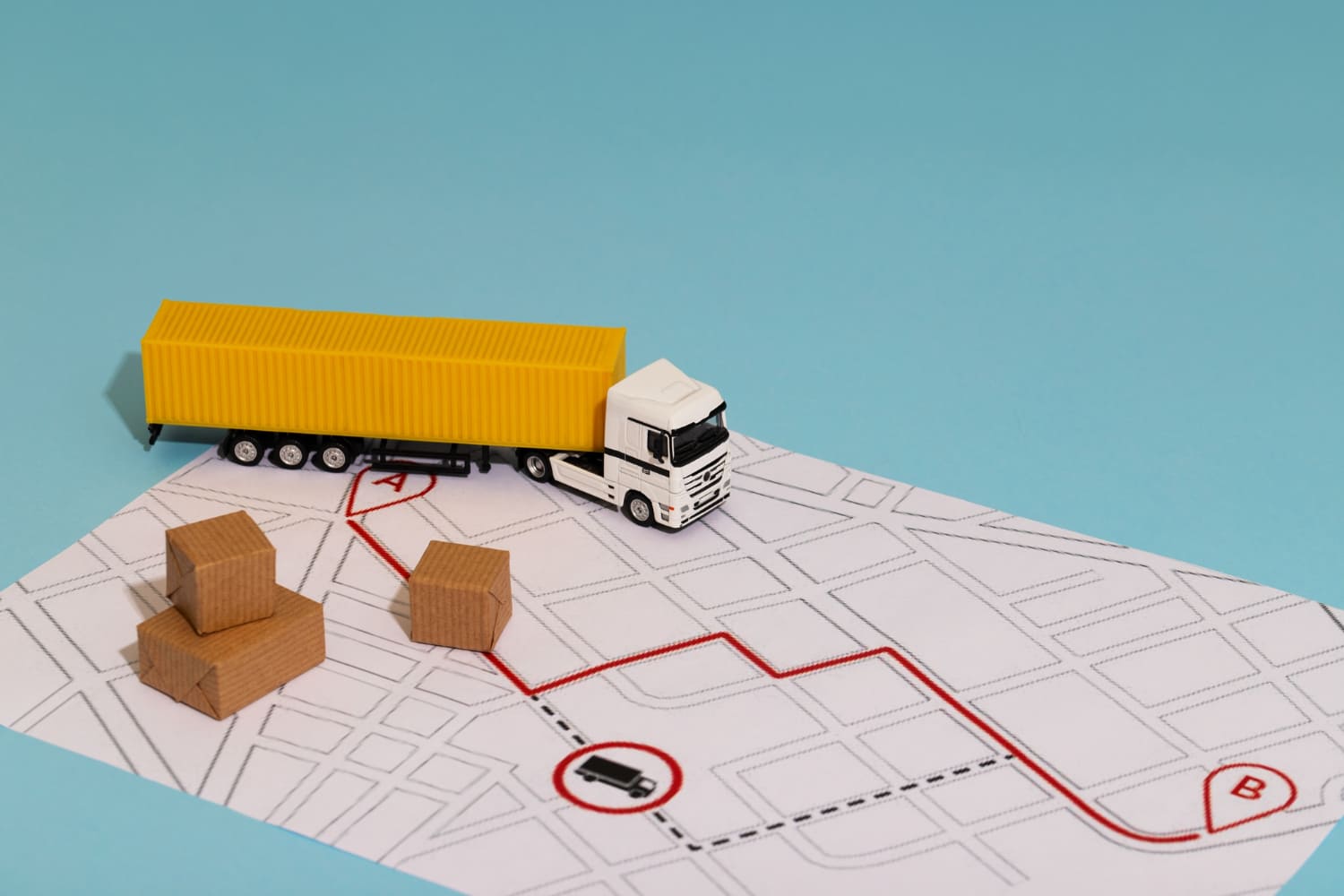Route Optimization for Freight Carriers: Reducing Time and Costs with Digital Solutions


Let’s start with a familiar scene. You’ve got a truck loaded, ready to roll. The driver heads out, hits unexpected construction, reroutes through traffic, gets delayed at a weigh station, misses a delivery window—and suddenly what should have been a 6-hour trip becomes a 9-hour headache. Now multiply that by 40 shipments a week. That’s not just lost time. That’s real money out the door. Welcome to the world of inefficient routing. And yes—there’s a better way.
The good news: route optimization has come a long way
We're not just talking about Google Maps with a truck icon slapped on top. We're talking about real logistics-focused tools that account for way more than just distance.
Things like:
- Road restrictions for trucks (low bridges, weight limits, no-go zones)
- Delivery windows and dock schedules
- Traffic by time of day, not just in general
- Fuel costs per route
- Weather conditions, tolls, and driver hours of service (HOS)
It's not magic—it’s math, data, and smart software. And when it works, it works beautifully.
So, what exactly is route optimization?
Let’s not overcomplicate it. Route optimization means using software to figure out the most efficient way to get from A to B (and sometimes to C, D, and E), with all the real-world logistics factored in. Not just the shortest. Not just the cheapest. The smartest.
Why it matters (a lot more than you think)
Every extra mile, every wrong turn, every avoidable delay—it all stacks up.
What inefficient routing actually costs you:
- Extra fuel (and you’ve seen diesel prices lately…)
- Overtime pay for drivers stuck in traffic
- Late delivery penalties
- Missed pickups (which means scrambling tomorrow)
- Frustrated clients who are this close to switching carriers
Even small inefficiencies, when repeated across your fleet, can quietly eat your margins alive. Been there, seen it happen.
What digital solutions bring to the table
Alright, let’s talk tools—not theory. Modern route optimization software gives you:
- Real-time rerouting: Traffic jam? Closed road? The system updates the route on the fly.
- Multi-stop planning: No more driver guessing. Every stop is sequenced for efficiency.
- Geofencing and ETAs: Track where your trucks actually are and let clients know too.
- Smart load pairing: Combine deliveries going in the same direction to reduce deadhead miles.
- Historical data learning: The system gets better over time. You don’t have to relearn the same lessons every week.
And yes, the best systems integrate directly with your TMS or dispatch software. (Because double entry is the silent killer of logistics productivity.)
Real-world example? Sure.
One carrier we worked with ran mostly regional routes—nothing fancy. But they were still using static route lists from a spreadsheet that hadn’t been updated in 3 years. Drivers were freelancing half their trips.
They switched to a mid-level route planning tool, gave dispatchers access, trained drivers in two days. First month? Fuel use dropped 11%. On-time delivery rate jumped by 17%. No magic. Just better planning, executed consistently.
How to choose a tool that won’t make your team revolt
We’ve all seen “optimization software” that looks great in a demo and then crashes in real life. Or worse—no one wants to use it.
When evaluating tools, ask:
- Is it made for freight carriers (not just generic delivery apps)?
- Does it factor in truck-specific data (axle weight limits, HOS, etc.)?
- Is the interface actually usable—by drivers, not just tech people?
- Can it scale if your operation grows?
- What happens when you need support? (And we always need support.)
Don’t be afraid to test a few. Give your ops team the final vote. If they don’t like using it, it’s not the right tool.
Final tips that make a big difference
Even with great software, the little things still matter. Like:
- Keeping addresses standardized (nothing slows a system like “Main St.” vs “Main Street”)
- Making sure delivery windows are accurate, not “we’ll figure it out”
- Training dispatchers to flag unrealistic routes before they go live
- Giving drivers a feedback loop—because they’ll see problems first
You can’t control traffic, roadwork, or the occasional surprise blizzard. But you can control how prepared you are for all of it. Route optimization is one of the simplest, most effective ways to reduce costs, keep your drivers happy, and stop wasting time on fixable mistakes.
And in 2025, with the tools we’ve got available? There’s no good reason to wing it anymore.

